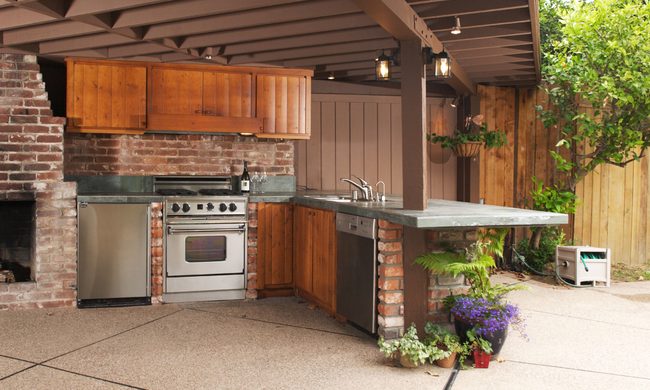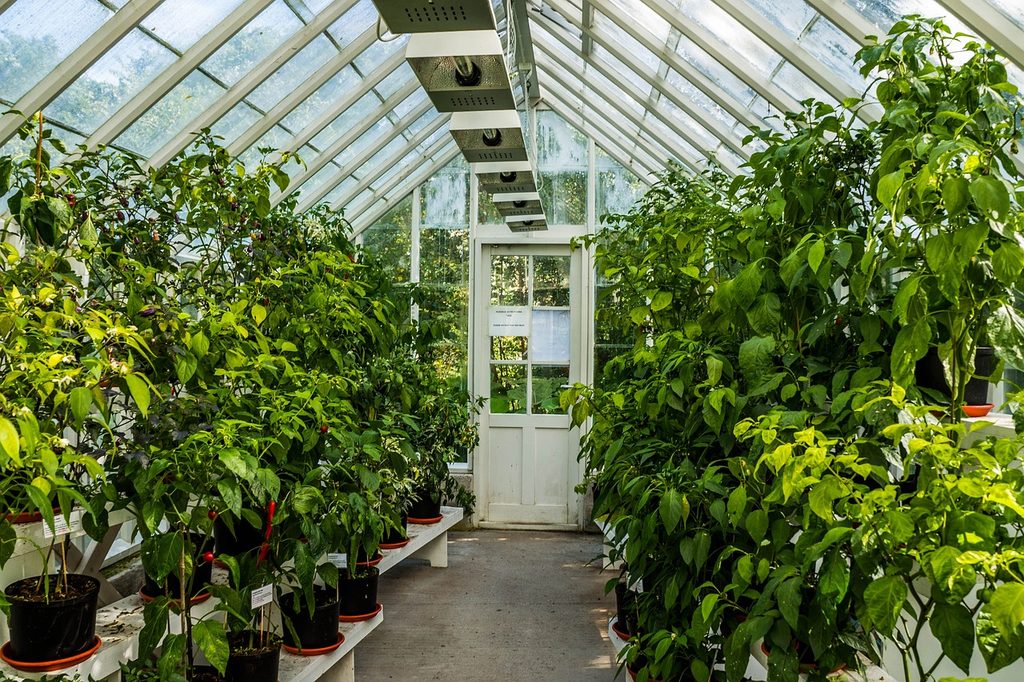
Everyone wishes they could grow their favorite plants and vegetables year-round, but the changing seasons make that impossible outside. Greenhouses can help by providing a sheltered and controlled environment for your plants. If you’re new to greenhouse gardening, then the extra control greenhouses provide might be overwhelming. Now that you’re in complete control of the temperature and humidity surrounding your plants, what is the best environment for your plants?
Whether you are growing vegetables year-round, or simply plants that look beautiful, there are steps you can take to support your plants’ growth. Here’s everything you need to know to control your greenhouse temperature and humidity levels so that your plants can thrive.
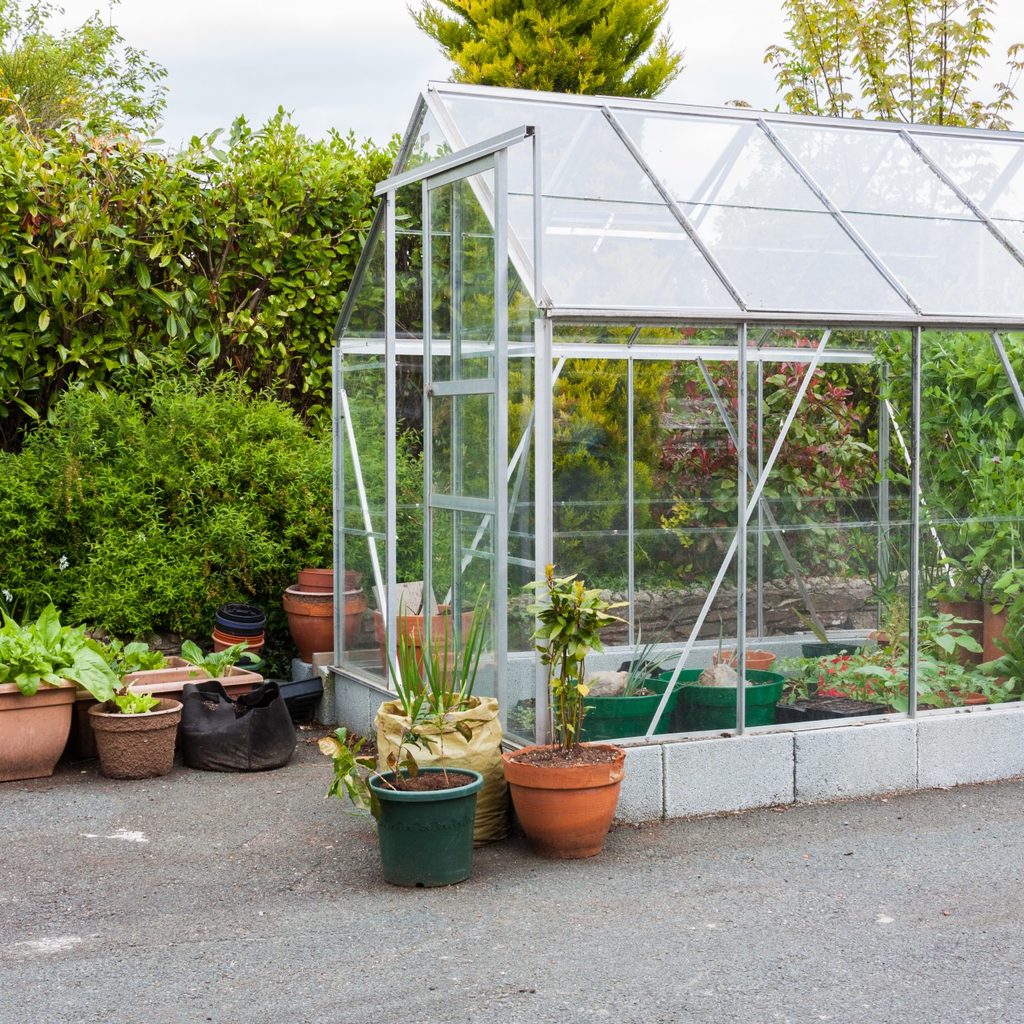
The perfect temperature and humidity
While each plant is different, the ideal greenhouse temperature for most plants and vegetables is 80 degrees Fahrenheit. or 27 Celsius. Most plants will grow healthily in this temperature. For humidity, the higher the temperature, the higher the humidity you want. The chart below provides the ideal greenhouse temperature and humidity comparisons:
| °F | Humidity |
|---|---|
| 50° | 83% |
| 61° | 89% |
| 68° | 91% |
| 86° | 95% |
However, 80 degrees Fahrenheit. is simply a general guideline. You should look up the ideal temperature for each of your plants if you are worried about disease or infection. For example, if you are growing crops that love a ton of sun, such as tomatoes or melons, then your temperature should be warmer. In general, do not rise above 90 degrees Fahrenheit (32 Celsius) and do not fall below 75 degrees Fahrenheit. (24 Celsius). Sticking in this range will keep most plants alive and healthy.
The proper temperature must be maintained because these plants are growing in an artificial setting. In such a setting, the temperature and humidity can increase quickly, especially if you have a lot of plants. Thankfully, there are many ways to control the temperature so your plants thrive.
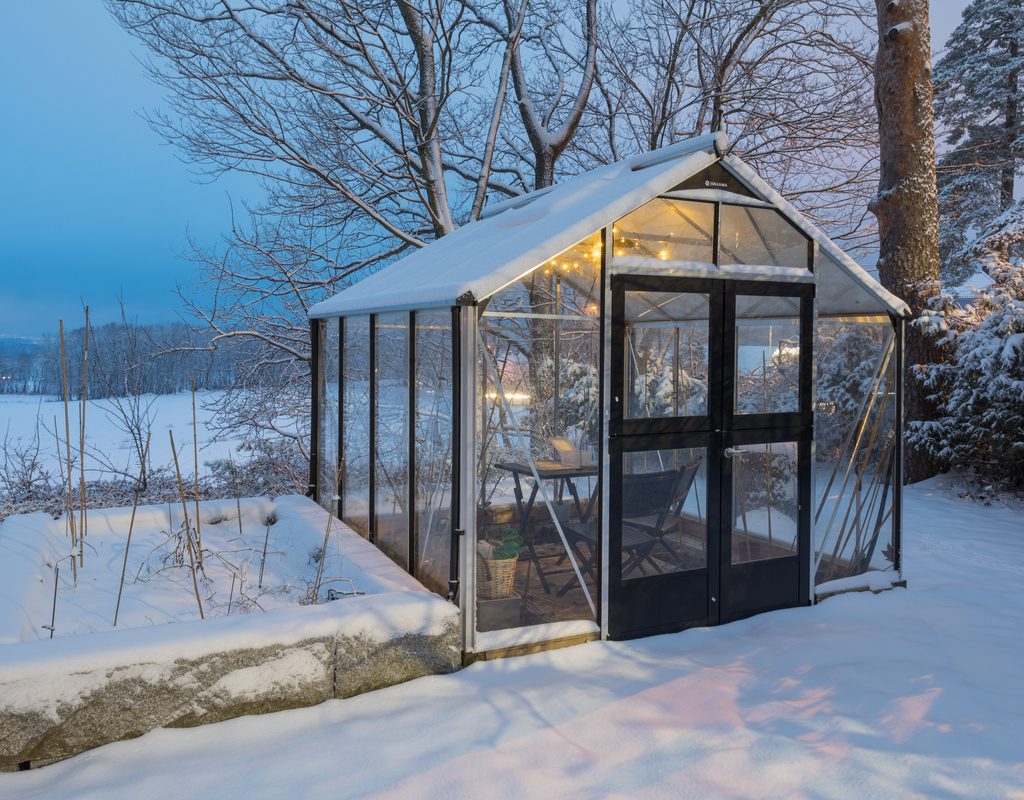
Controlling the temperature and humidity
The temperature in a greenhouse is driven by the amount of sunshine and ventilation. The point of greenhouses is to trap the sun’s heat; while that makes it easy to get a hot room, it does not make it easy to control that heat. However, there are a few simple ways to moderate the temperature and humidity.
The biggest thing to create is ventilation. While that could mean installing vents in the roof, it could also simply mean opening windows and doors to create a cross breeze. You could also use air conditioning to bring the temperature down. During the winter season, pull in the cold air and exhaust the warm air with fans to reduce the humidity.
Depending on what you are growing, you can even trick the plants into thinking they are in a different season. Extra grow lights can imitate the sun during the winter while heaters can increase the temperature. However, this can be set up to be almost fully automatic using greenhouse timers. This brings us to the tools you can use for proper greenhouse temperature and humidity monitoring.
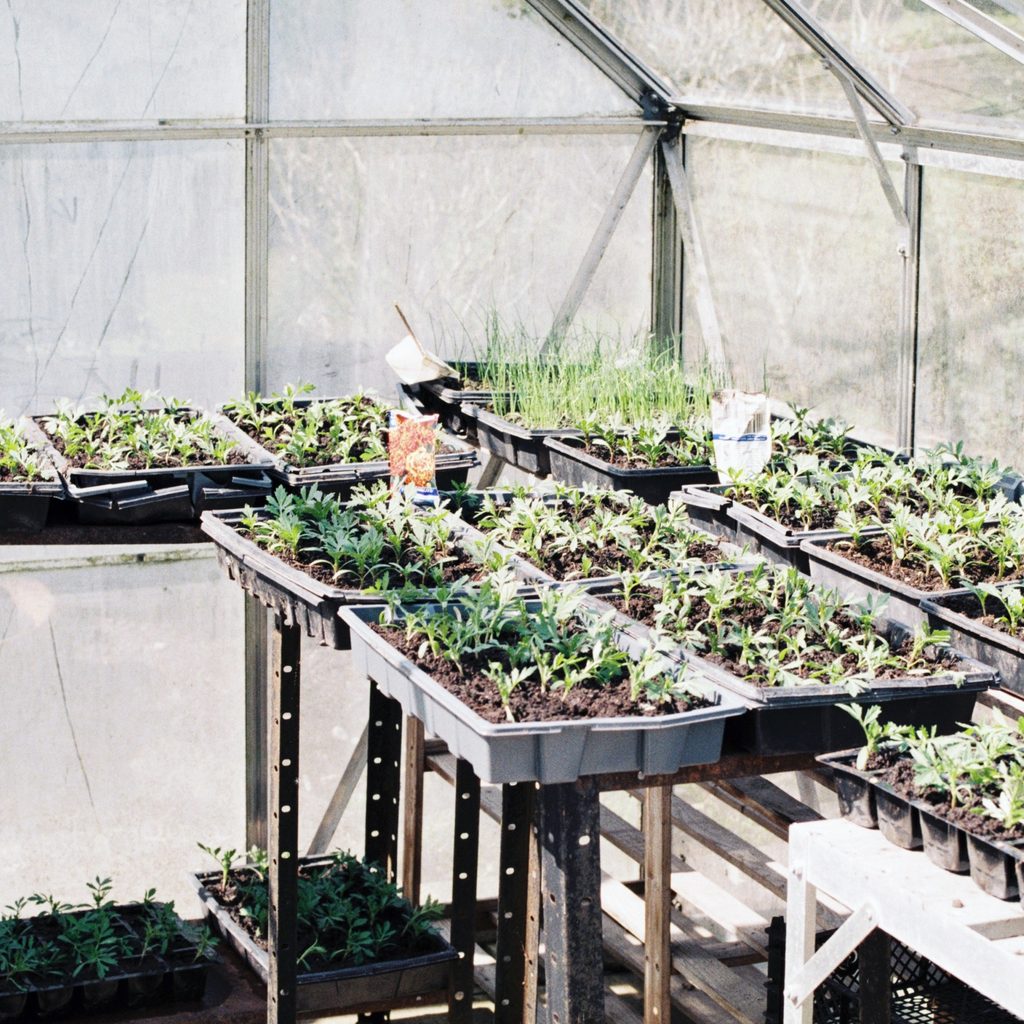
Tools for greenhouse monitoring
There are great tools for a greenhouse that can easily maintain it. While these devices are not necessary, greenhouses are artificial settings that need proper maintenance and care at all times, especially during the off-season. These tools make that much easier.
Greenhouse temperature alarm
This alarm tracks potential problems in the greenhouse, such as power outages, temperature fluctuations, water damage, and bug intrusion. Some models go one step further and will send you a text message of any such occurrence.
Greenhouse temperature control system
This tool provides proper and dependable heating and cooling options for your greenhouse. Keeping the temperature at an optimum level year-round is important. Despite the outside weather, you can maintain the temperature to whatever is needed.
Greenhouse temperature sensors
One of the coolest things (no pun intended) about greenhouses is the chance to automate them. Sensors monitor the temperature in the greenhouse and can automatically activate vented roofs, side vents, and fans to keep the temperature at the optimum level. Some sensor models can also alert you if these systems stop running or run into a problem.
Remote temperature monitor
Keeping track of the greenhouse temperature throughout the day is very important. How can you know how to grow your plants without an accurate reading of how hot it is throughout the day? A temperature monitor lets you see broad data about the temperature over a defined period of time. The temperature is recorded so you can view it at any moment.
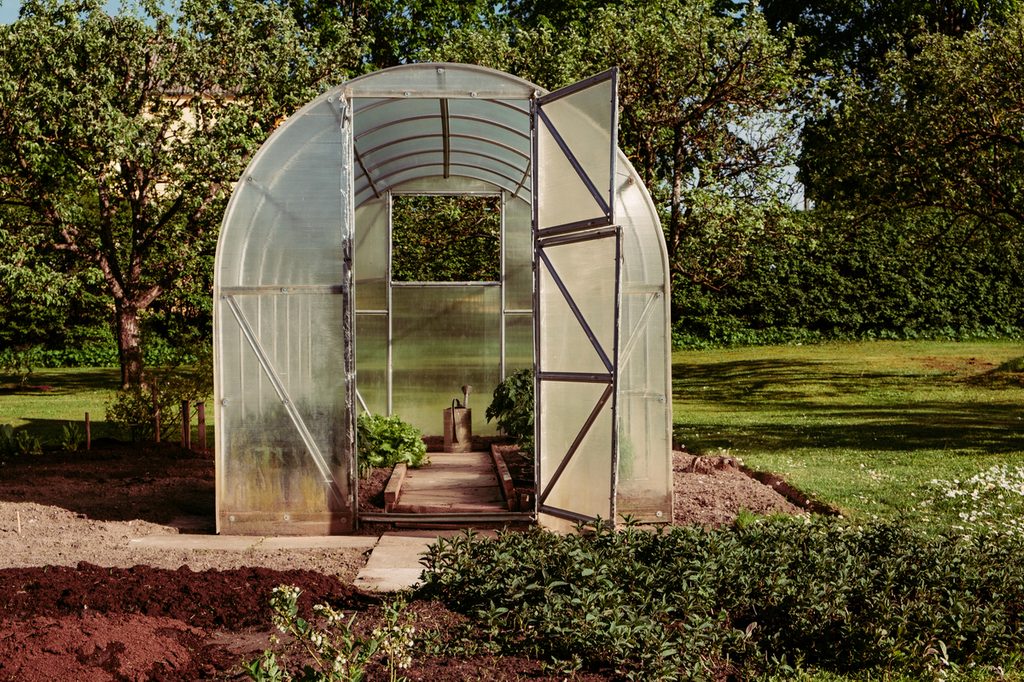
Does location impact greenhouse temperature and humidity?
Yes! Both the location of the greenhouse in your yard and where you live in the world can impact the temperature and humidity in your greenhouse. For example, someone with a greenhouse who lives in Florida, where it is hot and humid for most of the year, will have a naturally hotter and more humid greenhouse, and may have a harder time cooling their greenhouse off.
Additionally, a greenhouse in full sun will stay warmer throughout the year than a greenhouse place in mixed sun and shade. A greenhouse in full shade will stay much cooler, which is why it is typically not recommended for greenhouses to be placed in full shade (plus your plants might not get enough light).
Keeping optimal temperatures and humidity is very important for keeping your plants healthy. While it depends on which vegetables and plants you are growing, there are tools and tips anyone can implement to increase their chances of growing crops year-round, automatic and (almost) hassle-free.

